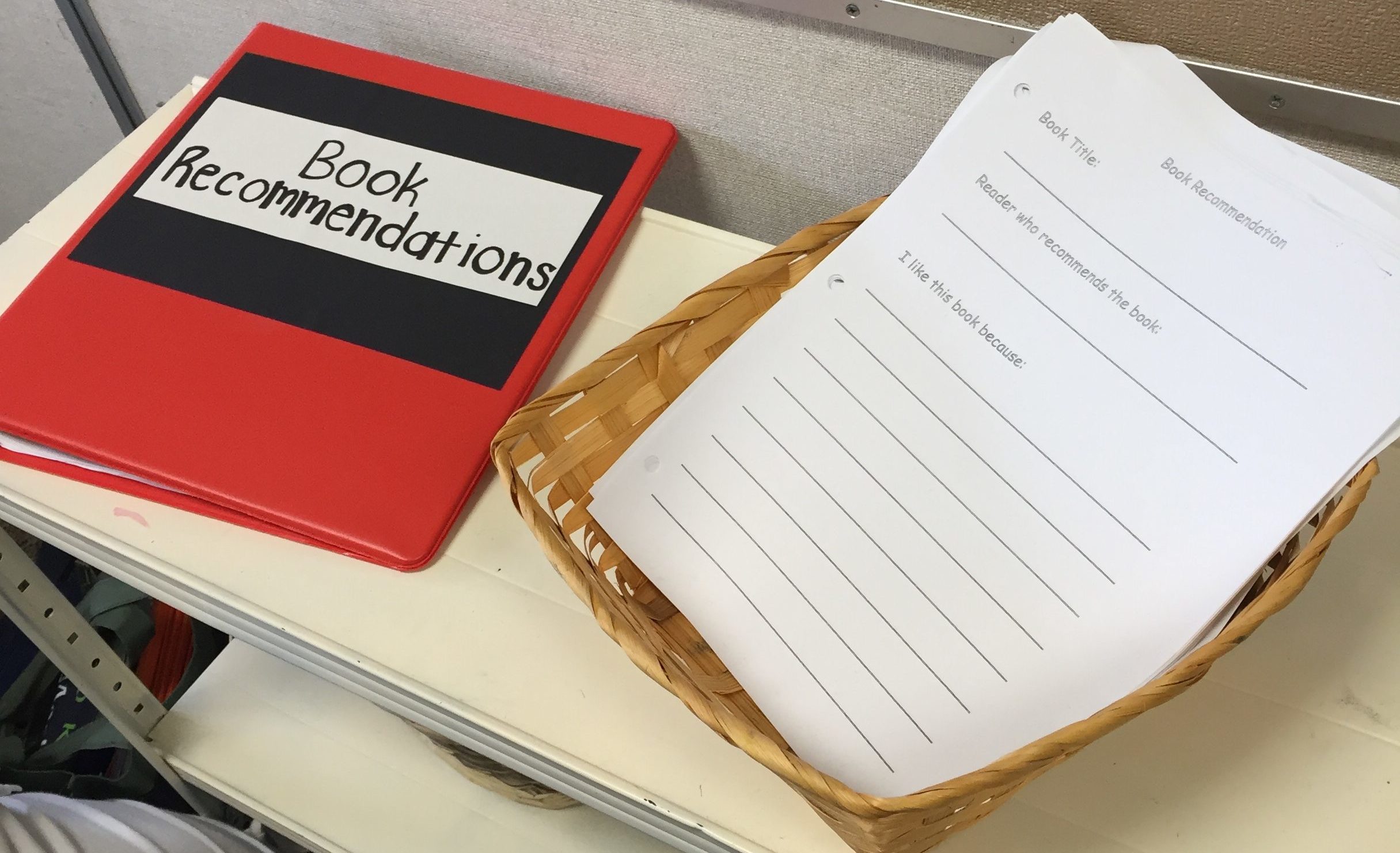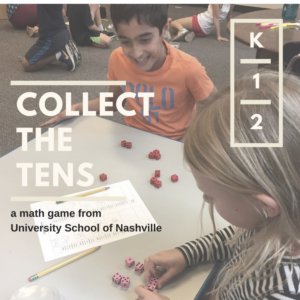Rising temperatures and squirrelly attention spans are sure signs that May is here. You’ve worked hard all year to cultivate young readers, writers, and mathematicians, so how might you send them off for the summer with support to sustain all that learning? We’ve rounded up some suggestions.
Educators have been supporting summer reading goals for decades, so this part may be easiest to imagine. The summer reading lists that many of us grew up with have evolved to allow for more student choice. Still, as we know, students often need help finding books that are just right for them.
In these last weeks of school, you might invite students to compile a list of “Favorite Books from Our Classroom.” In doing so, you can lead them through meaningful reflection about what they read throughout the year and why certain books/magazines/authors engaged them.The student-created, student-curated list of recommendations can be copied and sent home to families.

If your school or classroom collects book recommendations from students throughout the year, consider choosing a few to share with each student in your class, based on your knowledge of each student’s interests and reading levels. You can make copies of the original recommendations and send them home with report cards or other important papers. Or, brainstorm with other faculty to determine how to make recommendations available online to all students.
Other ideas:

Photo from www.littlefreelibrary.org
Encourage students to continue collecting writing ideas in their notebooks. Consider teaching a Writerly Life unit—even if you’ve already taught one this year—to launch students into the summer and their next grade level. You can read and listen to interviews with professional authors, try new strategies for getting ideas in notebooks, and write/reflect on how you’ve grown as writers throughout the past year. You might even ceremoniously decorate and begin brand new notebooks that students can fill all summer, feeding their work at the next grade level.
As you likely know, games provide repeated experiences with number combinations that, over time, support the development of computational fluency and automaticity—that is, the ability to produce accurate answers efficiently or “in a snap.” What math games have students played in your classroom that they can also play at home? Are there any new ones you could introduce them to in these final weeks before break?

Christy Plummer and her colleagues at University School of Nashville introduced primary grade students to “Compare,” last spring, a card game you may have grown up calling “War.” Once students were acquainted with it, teachers made card decks and sent them home with instructions so families could play over the summer.
Encouraging game play at home is now a year-round effort at University School of Nashville, and Christy generously agreed to share their family handouts with us, so you can do it too! The TENZI dice game variations are a Math Recovery resource.
Download the complete Family Packet with letter, instructions, scoresheets, and ready-to-cut-out cards.

TIP
Set up grade level teams to brainstorm and build summer resources together. Many hands make light work.

Christy Plummer and her colleagues at University School of Nashville also created “Collect the Tens,” a dice game for grades K-2. It requires 10 dice, so it may be difficult for all families to play at home, but we encourage you to check it out for your classroom.
